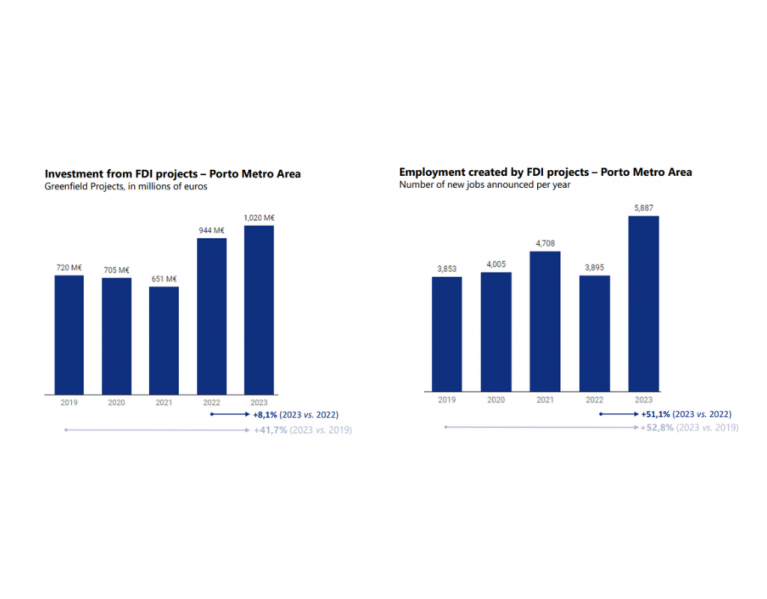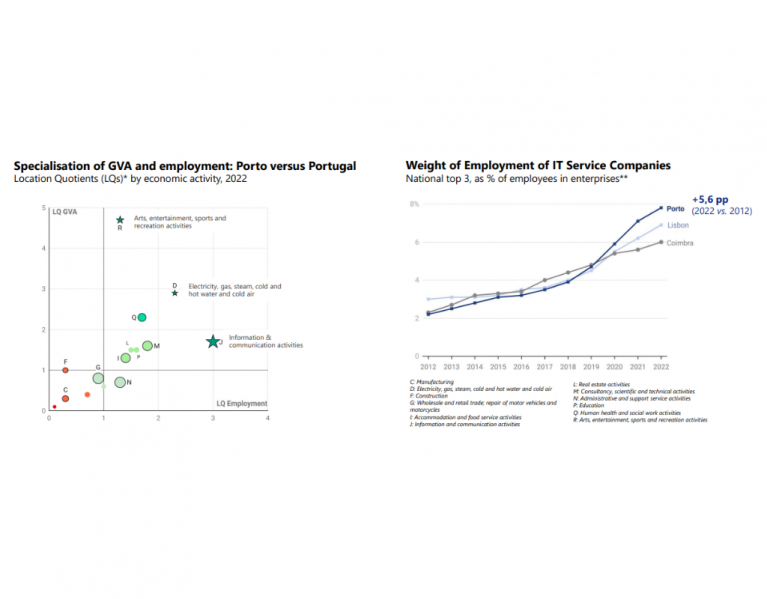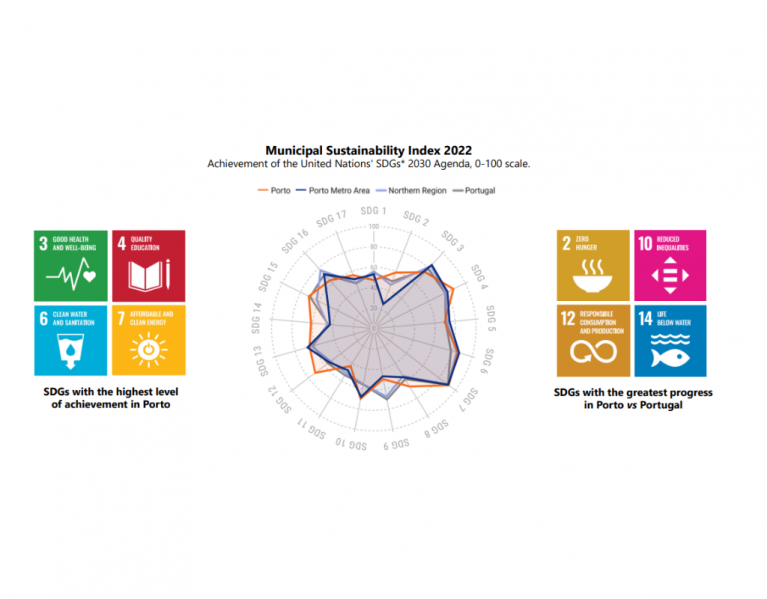Economic Output in the Porto Region is Now 16.2% of National GDP
With a 12% growth in one year, the wealth produced in the Porto Metropolitan Area (AMP) now represents 16.2% of the national GDP.

Data from the Porto Economic Bulletin, compiled by the Municipality, covering demographics, talent, health, macroeconomics, transactions, businesses, tourism, infrastructure, real estate, and sustainable development, also show a 2.4% increase in the population in 2023 due to immigration.
The population now stands at 248,769 residents, with nearly 23,000 attracted by the city's appeal to foreign populations. Based on tourist overnight stays, commuter flows, and resident population estimates, around 400,000 people are expected to circulate in Porto daily. Tourism records show 2.8 million guests, 15.2 million passengers at Francisco Sá Carneiro Airport, and 434.7 million euros in tourist accommodation revenues.
In terms of consumption, transactions with Portuguese cards in the ATM network surpassed pre-pandemic levels in 2022 and 2023, increasing by 7.1% year-on-year and totaling around 2.8 billion euros. Consumption with foreign cards grew more significantly, totaling 650.8 million euros, a 71.7% increase compared to 2019.
The data confirm economic growth in the AMP since 2018, with regional wealth increasing by over 12% between 2021 and 2022. The 40 billion euros represent 16.2% of the national GDP.
Companies in the region attracted 4.3 billion euros in investment, a 10% increase in just one year, with a quarter of that capital corresponding to Foreign Direct Investment (FDI) projects, creating nearly 6,000 jobs.
In 2023, there was a 5.8% increase in the number of companies established, reflecting a surplus balance of 49.5% when comparing established and dissolved companies.
According to the bulletin, families in the Porto region (5.8%) receiving allowances are fewer than the national average (8%), but more are beneficiaries of Social Integration Income (6.1% compared to 2.5%). With just over ten thousand registered unemployed, the region has almost four times more doctors and nurses per inhabitant than the rest of the country.
In higher education, institutions in Porto account for 67% of the AMP total and 13.9% of the national total. In the 2022/2023 academic year, Porto’s higher education institutions graduated 16,083 students, representing 16.8% of the country's graduates.
"A transparent administration is essential for building trust between the population and local authorities,” believes City Councillor for Economy, Employment and Entrepreneurship, Ricardo Valente. "The availability of clear and accessible economic data strengthens accountability by the government.”
Another crucial point, he says, is the impact of making this data available to citizens, investors, and city institutions.
"For citizens, access to reliable economic information can influence everything from consumption decisions to family financial planning. For investors, it is vital to evaluate the city’s business environment, identifying investment opportunities and associated risks. For institutions, both public and private, data is essential for strategic and operational planning,” considers the councilor.
The Porto Economic Bulletin 2023 can be consulted on the Municipality of Porto website (PT) and the Leme economic information platform (PT/EN)







